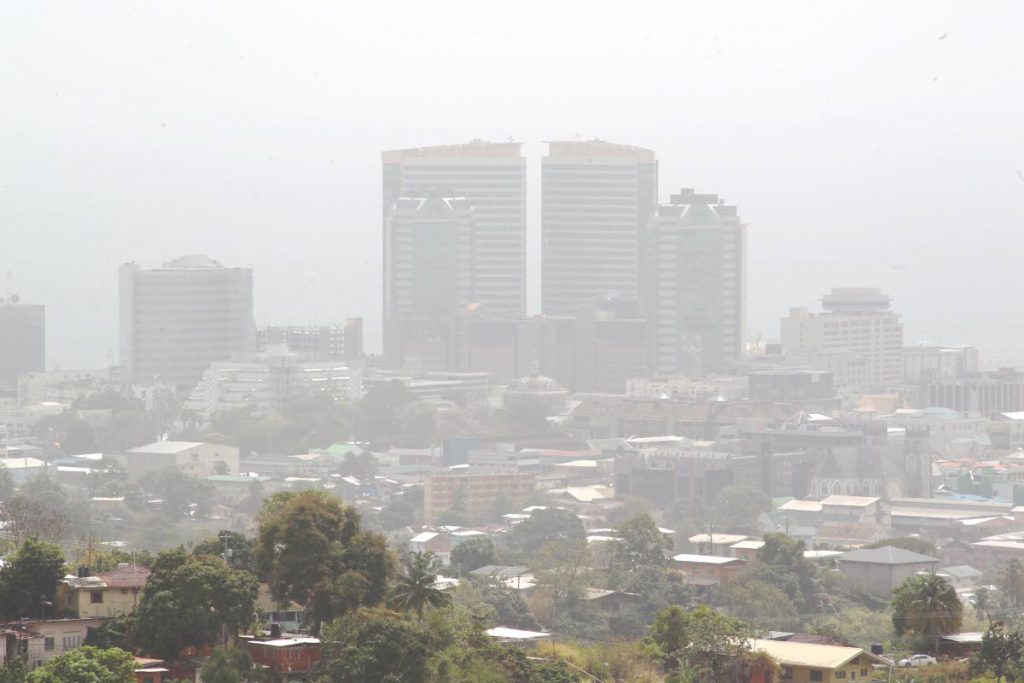Resilience before housing, urban revitalisation

STEPHEN HOMER
Last month, on October 7, architects locally and worldwide celebrated World Architecture Day, on the theme Architecture – Housing for All. This date marked UN World Habitat Day which reiterates the global understanding that the provision of housing as a basic necessity to citizens is a must.
My contemporaries within recent times have also written articles similar to this with particular attention to housing and the recent local requests for proposals (RFPs) either recently closed or still out for tender which are geared towards promoting urban revitalisation in Port of Spain.
But before we consider revitalisation as a topic for discussion, we must consider the resilience of our major cities and towns.
Urban resilience refers to the ability of an urban system to maintain continuity despite the "chronic stresses or acute shocks" that it may face while positively adapting and working towards sustainability. Resilience also refers to our cities’ ability to recover not just from natural disasters as shocks, but from rapid urbanisation, mass migration, pandemics and acts of terrorism.
TT, like many other nearby countries, experienced a surge of migrants due to the recent unrest in Venezuela. We were in no form or fashion prepared for such an event, however, as large migrations like these can leave lasting effects on society.
Similarly, climate change has affected countries globally and in light of the major floods TT experienced in 2018 and more recently in the wake of Tropical Storm Karen, we need to reassess the areas that are prone to street and flash flooding and our ability to recover.
To become resilient, we must first understand the city in a holistic manner. We must research what makes our cities unique and understand the systems that make up the city and the interdependencies that each possess in order to find appropriate solutions. Each city faces a range of adversities and challenges daily and the effects of these have primarily negative impacts on our way of life.
As mentioned by Ronald Ammon (president of the TTIA), congestion is a near-everyday norm in our metropolitan areas and the commute to and from the city is horrendous.
Yet we constantly promote the mass amalgamation of privately-owned vehicles into the downtown area by creating more car parks – flat and multi-storey. Within recent months 90 per cent of an entire city block was torn down opposite the Ministry of Planning and the Town and Country Planning Division, where the material and equipment placed on the site in the past week suggest the construction of yet another carpark – temporary or permanent, we are yet to see.
This goes back to the issue of climate change and the heat island effect that we are inflicting on ourselves and the microclimate of downtown Port of Spain.
Can our urban fabric become adequately resilient to these human enforced stresses? Where do we see our metropolitan areas as "future cities"? These questions can only be answered after the research that is required is completed by experts in urban resilience, in conjunction with local urban designers and planners, architects and key public and private stakeholder agencies.
The Rockefeller Foundation has pioneered a programme on 100 Resilient Cities(100RC) in the past six years, since its inception in 2013, and has worked with several major cities, their local professionals and stakeholders worldwide to develop resilience strategies and frameworks to combat these stresses and shocks.
Our urban future demands innovation, it requires us to cross-pollinate our skills and services to meet the demands of the local and global markets rather than work in silos and build each system in isolation. The aim for us all should be to work as whole, consider our cities as a whole and maximise the synergies that can be created to avoid any negative unintended consequences.
It is not to say that major issues like the housing shortage and the need for urban revitalisation are not to be considered at this juncture, but more importantly, how can they be conceived in conjunction with making our urban centres more resilient?
Before we consider bringing more people into our urban centres, the systems should be able accommodate them adequately and the infrastructure should not be strained, but must be able to adapt like the living creature that all cities are.
In the end our future cities should be filled with innovation that has been sparked from a multidisciplinary approach, with the understanding of the reinvention of ourselves (keeping in mind our history), human-centred design, setting standards that are adapted to our context and digital creativity that is aimed at benefiting society.
* Stephan Homer is a registered architect.


Comments
"Resilience before housing, urban revitalisation"